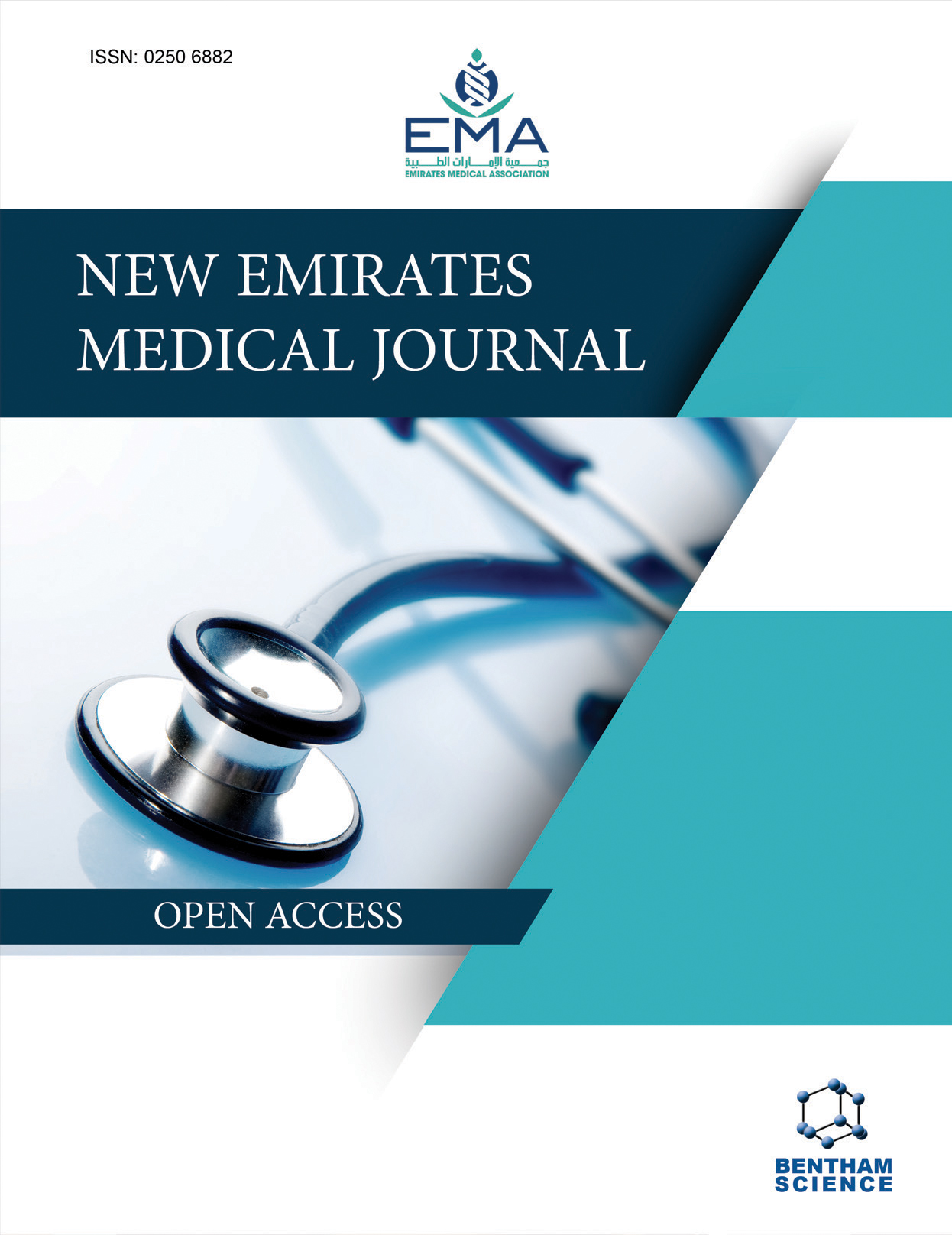-
oa Echocardiographic Features of Cardiac Amyloidosis: Insights from a Case Series
- Source: New Emirates Medical Journal, Volume 5, Issue 1, Jan 2024, e02506882349552
-
- 19 Oct 2024
- 25 Feb 2025
- 01 Jan 2024
Abstract
Cardiac amyloidosis, characterized by amyloid fibril deposition in the heart, often leads to heart failure and has a high mortality rate. The early detection of cardiac amyloidosis is critical for improving patient prognosis; however, the subtle and variable presentations of this condition can make early diagnosis challenging. Echocardiography is pivotal for diagnosing this condition. Through this study, we aim to improve the understanding of the echocardiographic features of cardiac amyloidosis.
This retrospective case series was based on the data of patients diagnosed with amyloid transthyretin-related cardiac amyloidosis (ATTR cardiac amyloidosis) from 2020 to 2024 at the Prince Sultan Cardiac Center in Riyadh, Saudi Arabia. The collected data included demographic characteristics, medical history, laboratory results, medication use, 12-lead electrocardiography results, and echocardiographic parameters.
Fifteen patients (11 males and four females, aged 41–88 years) were included in the analysis. The most common comorbidities were hypertension (seven patients) and atrial fibrillation (nine patients). The key echocardiographic characteristics were increased left ventricular (LV) wall thickness (mean: 19.9 mm), reduced global longitudinal strain (mean: −10%), and apical sparing. Six patients were positive for the 5-5-5 sign and pericardial effusion.
Recognizing echocardiographic features, such as apical sparing and increased LV wall thickness, is essential for the early diagnosis of cardiac amyloidosis. Improved clinical awareness and diagnostic protocols could enhance early detection and patient outcomes.



